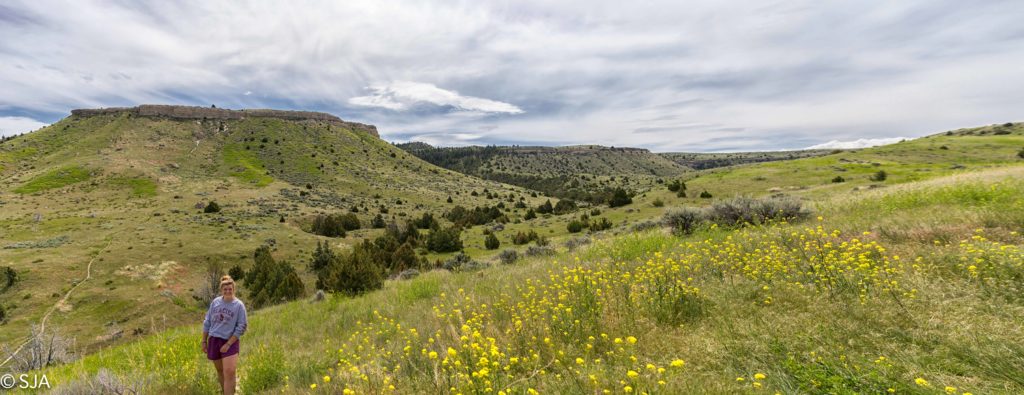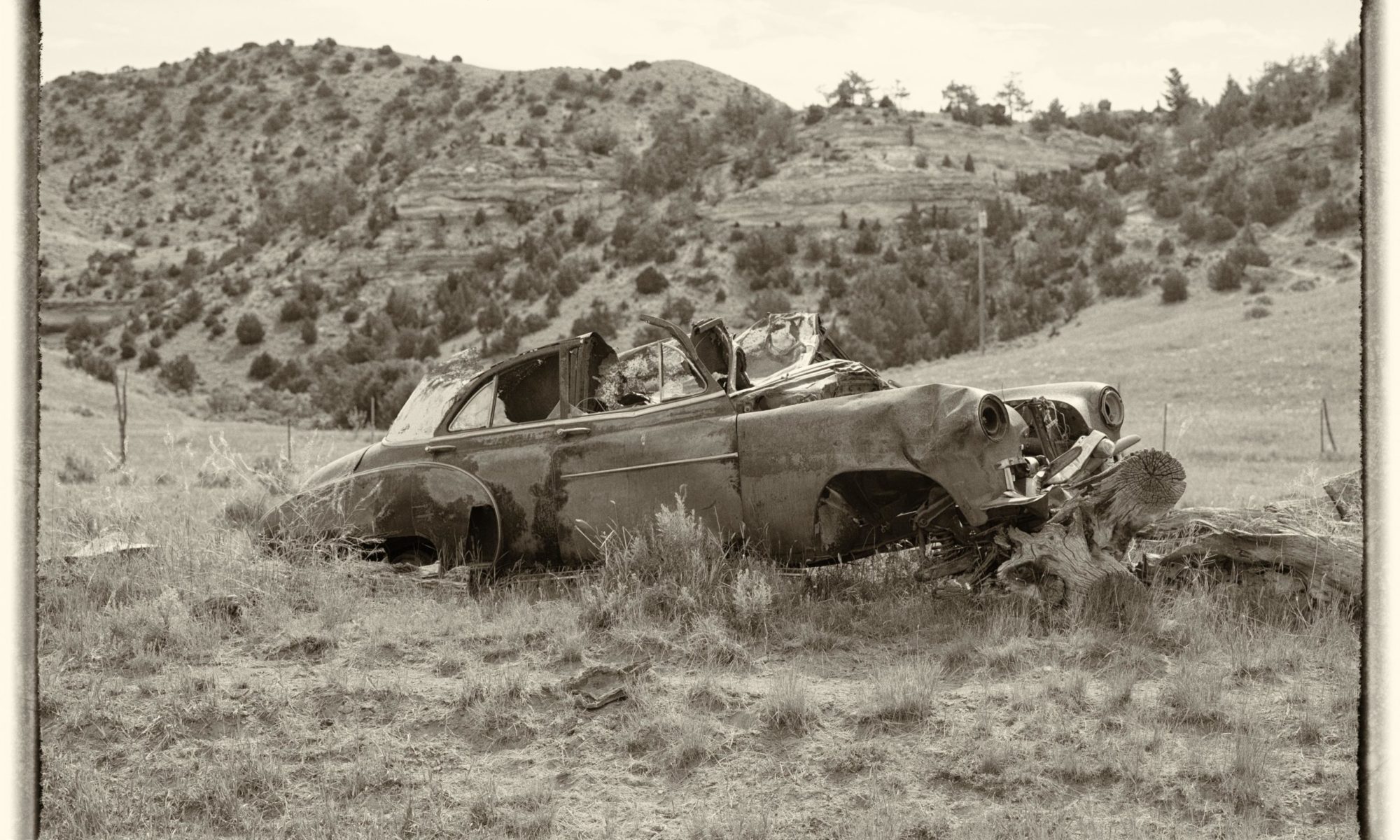If I say, “Buffalo Jump,” you may not have a clue what I’m talking about or you may have a vision come to mind. This summer, Maud and I visited Madison Buffalo Jump State Park near Three Forks, Montana. The 638-acre park includes the limestone cliff that was used by Native Americans as a buffalo jump. Interpretive displays give detail descriptions of harvesting bison for food, clothing, and shelter. Visitors are given a glimpse of the culture of the Native Americans who used this jump site.

Madison Buffalo Jump State Park
My visits to Montana are not complete without passing another buffalo jump on the way to the mountain homeplace of my father. In his younger days, he explored along the edge of the river under the cliffs of the jump and found buffalo bones, arrowheads and other Indian artifacts. I was able to share that experience with my grandkids this summer. We had the privilege of exploring that very same area and even saw buffalo bones sticking out of the dirt and rocks on the other side of the river.

Cliffs at another buffalo jump 
Cliffs along the edge of the butte
Rocky cliffs line the edge of the butte on two sides. Years ago, Indian braves wore buffalo or wolf skins to lure buffalo to the cliff. When in position, hunters came from behind and channeled the buffalo to the direction of the cliffs. Others waited to help with the harvest. In fear, the buffalo ran and plunged to their death. The river that followed the curvature of the butte ran red with blood. Not only were buffalo used for meat, but all parts of the animal were used. Skins were made into clothing and teepees. Sinews were used as bowstrings and thread. Tongue could be used as a hairbrush. Horns and hooves were made into cups and other utensils. Hair was used for rope and halters. A good harvest was vital to their survival. Located nearby was their village. Teepee rings are lingering evidence of those who lived there.

The stone circles are the remains of teepee locations aka teepee rings
Later after we visited the buffalo jump, we drove around the other side of the butte. My youngest granddaughter asked for a story. The story I told was of the buffalo hunt and the Crow Indians who lived on the prairie in view of the mountains. I asked, “Do you see the buffalo on the butte?” She looked and said, “Yes, I see them.” I put my hand to my ear, “Listen! Can you hear the stampede of buffalo and feel the ground shake?” She said, “Yes I can.” I pointed, “Can you see the teepees over there where we saw the teepee rings?” My desire was to paint a picture of teepees and fires burning within rings of rocks. Women were sewing garments out of skins with bone needles and sinew thread while others scraped hides, preparing them for tanning. Children ran and played with small bows and rattles made from horns. Young men fashioned knives and arrow heads out of bones and rocks from the riverbed.
As the little girl listened to my story, she formed pictures in her mind of the scene I described. Later when she asked me to tell the story again, I had her tell it to me instead as only a four-year-old can do. Hopefully the story will pass on to her children and grandchildren.
Note: Though we often use the terms interchangeably, the animals we know as buffalo in North America are bison
